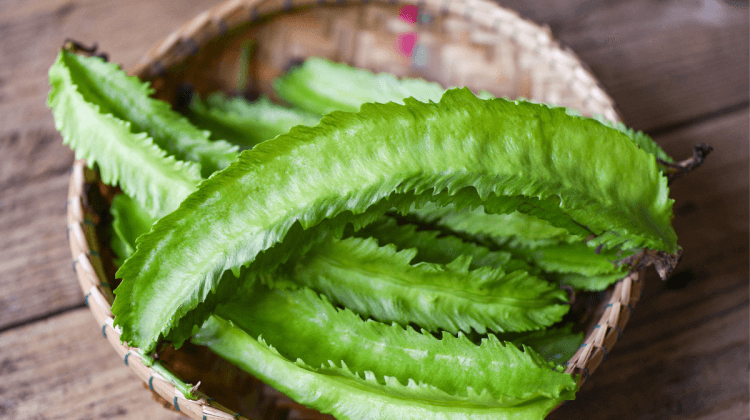
In this video I am digging up the Asian Wing Beans and transplanting them to their new home in a Vego Garden Raised Bed.
Disclaimer: I am an affiliate for Vego, so when you choose to make a purchase, I will receive a small commission which supports this channel and my family. Thank you! https://michelleinthemeadow.com/vego.
Exploring Asian Wing Beans: A Versatile and Nutritious Vegetable
Asian Wing Beans, scientifically known as Psophocarpus Tetragonolobus, are a unique and versatile vegetable that originated in Southeast Asia. With their distinctive four-angled shape and wing-like protrusions, these beans offer not only a visually appealing addition to your garden but also a plethora of culinary possibilities.
Let’s delve into the wonderful world of Asian Wing Beans, discussing their characteristics, uses, and even how to transplant them successfully.
Understanding Asian Wing Beans:
Asian Wing Beans, also called Goa beans, are leguminous plants that belong to the Fabaceae family. They are commonly grown in tropical and subtropical regions, thriving in warm and humid climates. The plant’s long and vining stems can reach heights of up to 2 meters, making them suitable for trellises or vertical gardening.
Culinary Uses and Nutritional Benefits:
The culinary versatility of Asian Wing Beans is truly remarkable. Different parts of the plant, including the leaves, flowers, and pods, can be used in a variety of dishes. Here are some popular uses:
- Edible Pods: The young, tender pods of Asian Wing Beans are the most commonly consumed part. They have a crisp texture and a mildly sweet flavor, making them a delightful addition to stir-fries, curries, salads, and even pickling recipes.
- Leaves: The leaves of Asian Wing Beans can be used as a nutritious green vegetable. They are packed with essential vitamins and minerals, and their tender nature makes them suitable for stir-frying or adding to soups and stews.
- Flowers: The vibrant and attractive flowers of Asian Wing Beans are not just visually appealing but also edible. They can be used in salads, used as a garnish, or even deep-fried as a crunchy snack.
Asian Wing Beans are also a valuable source of nutrients. They are rich in vitamins A and C, calcium, iron, and dietary fiber, making them a healthy addition to any diet.
Transplanting Asian Wing Beans:
If you’re interested in growing Asian Wing Beans in your own garden, transplanting is a reliable method to establish new plants. Here’s a step-by-step guide to help you get started:
- Choose the Right Time: Asian Wing Beans thrive in warm weather, so it’s best to transplant them after the last frost has passed and the soil has warmed up.
- Site Selection: Select a sunny location in your garden with well-draining soil. The soil should be rich in organic matter to support healthy growth.
- Seedling Preparation: Start by growing Asian Wing Bean seedlings indoors or purchase young seedlings from a reputable nursery. Ensure that the seedlings are well-developed with a strong root system.
- Digging the Hole: Dig a hole in the prepared garden bed that is deep enough to accommodate the seedling’s root ball. Make sure to space the holes approximately 30 centimeters apart.
- Transplanting: Carefully remove the seedling from its container, taking care not to damage the roots. Place the seedling into the prepared hole, ensuring that the top of the root ball is level with the soil surface.
- Watering and Mulching: After transplanting, water the seedlings thoroughly to settle the soil and provide moisture to the roots. Apply a layer of organic mulch around the base of the plants to help retain moisture and suppress weeds.
- Maintenance: Regularly water the transplanted seedlings, keeping the soil consistently moist but not waterlogged. Provide support, such as trellises or stakes, as the vines grow to prevent them from sprawling on the ground.
Asian Wing Beans are a fascinating addition to any garden, offering both aesthetic appeal and a range of culinary possibilities. From the edible pods to the nutritious leaves and flowers, this versatile vegetable provides a delightful and nutritious experience. By following the proper transplanting techniques, you can cultivate your own Asian Wing Bean plants and enjoy their bountiful harvest. So why not explore the world of Asian Wing Beans and elevate your culinary adventures with this delightful vegetable? Happy gardening and bon appétit


Leave a Reply